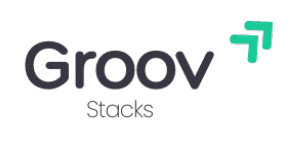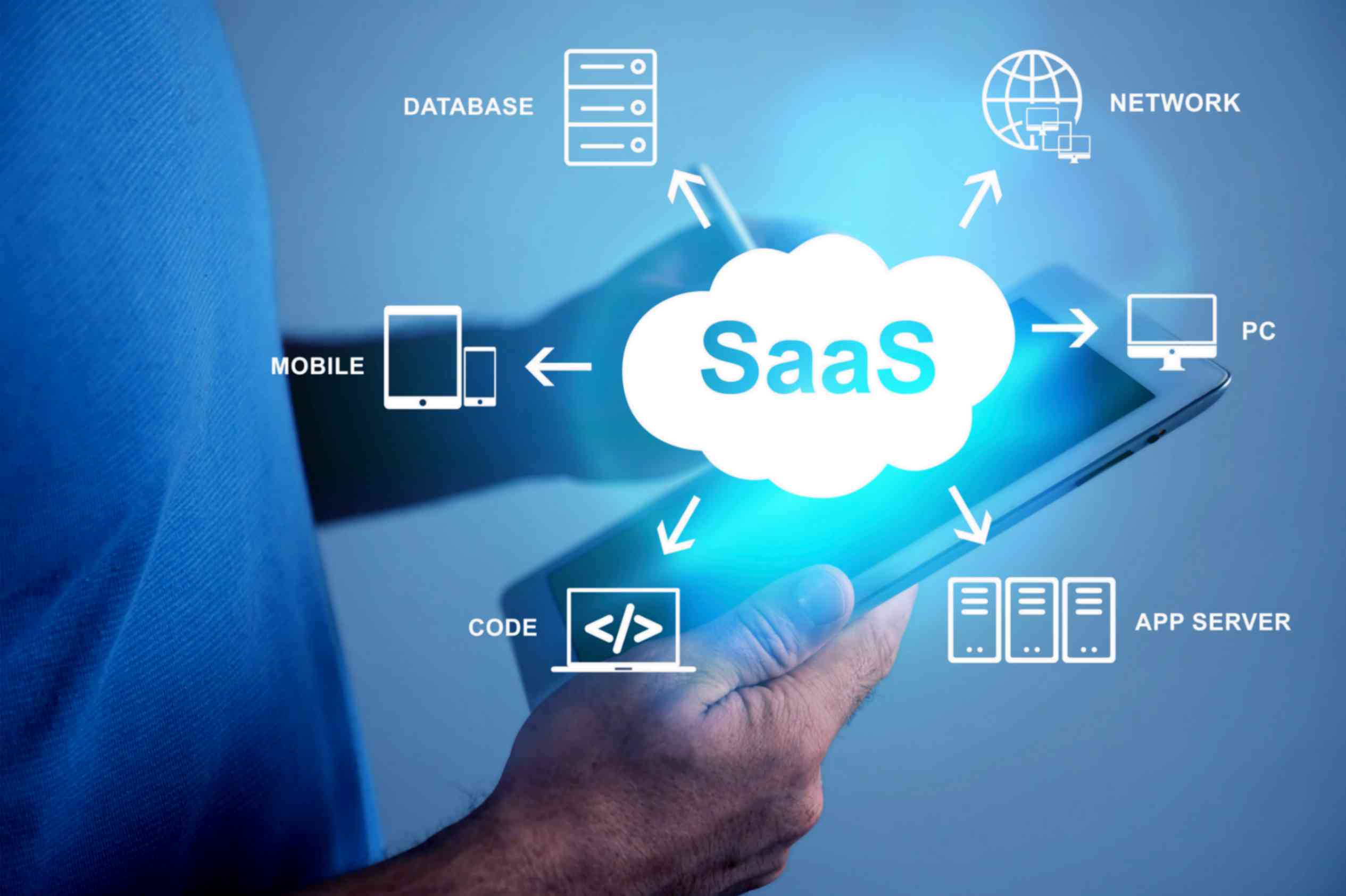SaaS products are built to scale, but scaling customer acquisition is another challenge altogether. With high competition, long sales cycles, and educated buyers, SaaS marketing demands a well-planned and focused approach. Whether you’re an early-stage startup or an enterprise SaaS platform, your ability to market effectively will define your growth trajectory.
This guide will walk through how B2B SaaS marketing works, what makes it different, and which channels and agencies you can use to gain qualified leads, improve retention, and drive recurring revenue.
Why SaaS Marketing Is Different From Traditional Models
Marketing a SaaS product requires different tactics than selling a physical or one-time product. Here’s why:
- SaaS models are subscription-based, meaning customer retention is just as important as acquisition.
- The buyer’s journey is longer, especially for B2B SaaS, involving multiple decision-makers.
- Customers expect ongoing value and support, so content and communication don’t end after purchase.
- Success depends heavily on trust, proof, and education — which means content, reviews, and demos play a huge role.
Due to these nuances, many companies partner with a SaaS marketing agency that specializes in scaling these types of campaigns with tailored strategies.
Building a SaaS Marketing Strategy That Works
An effective SaaS marketing strategy is not about trying every channel—it’s about knowing which ones suit your audience, product stage, and team capabilities. Below are key components that make up a strong foundation:
1. Define the Right Buyer Persona
Before you run ads or create content, you need to know exactly who you’re targeting. Define job titles, industries, pain points, and buying behaviors of your ideal customers. For B2B SaaS, this often means CTOs, Heads of Operations, or Product Managers.
This clarity helps you build personalized messaging, choose the right channels, and qualify leads faster.
2. Content Marketing That Builds Trust
Educating your prospects is the most cost-effective way to earn their trust. That’s why many brands hire a SaaS content marketing agency to build authority and drive traffic through:
- Blog articles focused on pain points and solutions
- Use-case pages tailored to different industries
- SEO-optimized landing pages
- Downloadable guides, checklists, or reports
Content also improves conversion rates and fuels your email, social, and paid marketing efforts.
3. Email Marketing for Retention and Upselling
While email is often seen as outdated, it remains one of the highest-ROI channels—especially for SaaS companies. With the right setup, SaaS email marketing can help you:
- Onboard new users with guided sequences
- Nurture cold leads with case studies and resources
- Reduce churn with engagement campaigns
- Upsell new features to existing users
Tools like HubSpot, ActiveCampaign, or Customer.io are built specifically for SaaS workflows.
4. Paid Advertising and SaaS PPC Agencies
Pay-per-click (PPC) marketing is ideal for short-term traffic, lead generation, and promoting webinars or feature launches. A SaaS PPC agency helps you manage:
- Google Search and Display ads for keyword targeting
- LinkedIn Ads for account-based B2B targeting
- Retargeting ads to bring back site visitors
- Landing page optimization for conversion
With careful tracking, PPC can drive demo requests and qualified MQLs—without draining your budget.
5. SaaS Lead Generation: Strategies That Convert
Traffic doesn’t mean much if it doesn’t convert. Effective SaaS lead generation starts by offering value and ends with capturing contact details.
Some proven tactics include:
- Offering free trials or freemium plans
- Creating gated resources like eBooks or calculators
- Hosting webinars or live demos
- Using chatbots or exit popups for lead capture
Outsourcing this to a SaaS lead generation agency can help you implement and scale these tactics across platforms.
6. B2B SaaS Marketing Requires a Funnel-Based Approach
For B2B SaaS marketing, your funnel must align with how enterprise buyers make decisions. A typical structure looks like:
- Top of Funnel (TOFU): Build awareness with educational blogs, SEO, and social media.
- Middle of Funnel (MOFU): Use case studies, comparisons, and webinars to show value.
- Bottom of Funnel (BOFU): Offer live demos, pricing info, and testimonials to close the sale.
Your CRM and marketing automation tools should track how users move through each stage.
SaaS Digital Marketing Agencies: Do You Need One?
Handling strategy, content, paid ads, and analytics in-house is overwhelming, especially for growing teams. A SaaS digital marketing agency offers:
- Cross-channel expertise (SEO, content, PPC, email)
- Industry benchmarks and best practices
- Fast implementation of marketing tools
- Scalable lead generation systems
If your team lacks time or experience, partnering with an agency is often more cost-effective than hiring full-time staff.
For example, a B2B SaaS marketing agency may provide an integrated plan that combines PPC ads, lead magnets, and content funnels to drive consistent demo bookings.
Metrics That Matter for SaaS Marketing
Data is the backbone of any SaaS campaign. Below are the most important metrics to track:
| Metric | Why It Matters |
|---|---|
| CAC (Customer Acquisition Cost) | How much you’re spending per new user |
| LTV (Lifetime Value) | Revenue each customer brings in over time |
| MQL to SQL Ratio | Shows how well your leads are qualified |
| Churn Rate | Measures customer retention over time |
| Free Trial to Paid Conversion | Reveals product-market fit and onboarding effectiveness |
| Email Open/Click Rates | Gauges engagement and interest from subscribers |
| ROAS (Return on Ad Spend) | Measures the effectiveness of PPC campaigns |
With accurate tracking, you can double down on what’s working and pivot away from what isn’t.
Positioning and Messaging: Don’t Skip This Step
Many SaaS companies jump into marketing without defining their core positioning. Before promoting features, answer these questions:
- What makes your software different?
- Which audience benefits the most?
- What pain points do you solve better than others?
A clear value proposition should appear on your homepage, ad creatives, emails, and demo pitches. Even the best SaaS marketing companies can’t help if the product positioning is unclear or too broad.
Building Long-Term Demand With SEO
Paid ads bring immediate traffic, but organic search is what sustains long-term visibility. SaaS businesses that invest early in SEO content often dominate their niche.
To succeed with SEO, focus on:
- Keyword-targeted blog content
- Optimized product and feature pages
- Backlink outreach through guest posting
- Technical SEO: mobile speed, schema, crawlability
Many companies work with a SaaS agency that specializes in SEO to build a scalable inbound marketing engine.
If you’re also producing content on YouTube, here are some video ideas that work well for SaaS brands—such as tutorials, customer walkthroughs, and product launch explainers.
How B2B SaaS Lead Generation Works Differently
B2B buyers have more stakeholders, bigger budgets, and a longer decision cycle. To meet their expectations:
- Use account-based marketing (ABM) for targeting key companies
- Create high-value content (whitepapers, webinars) that speaks to technical and business benefits
- Track buyer intent using tools like Clearbit or Leadfeeder
- Nurture leads with case studies and product comparisons over time
When done right, B2B SaaS lead generation turns cold traffic into booked meetings and enterprise deals.
Smart SaaS Marketing Is a Mix of Strategy and Execution
The most successful SaaS companies don’t just run ads or write blogs—they build systems. With the right mix of SaaS digital marketing, funnel structure, and lead generation tools, you can generate more traffic, build authority, and convert visitors into loyal users.
Whether you manage campaigns internally or with the help of a SaaS marketing agency, consistency and data-driven iteration are key to sustainable growth.

